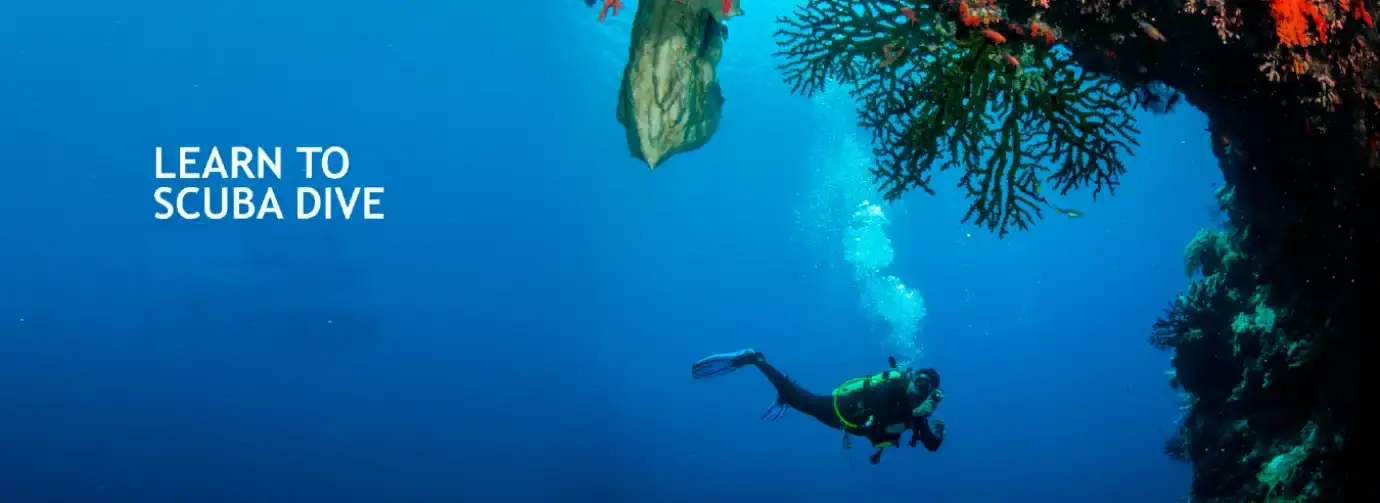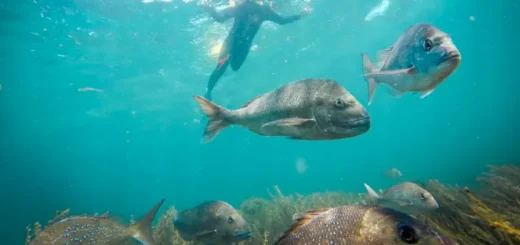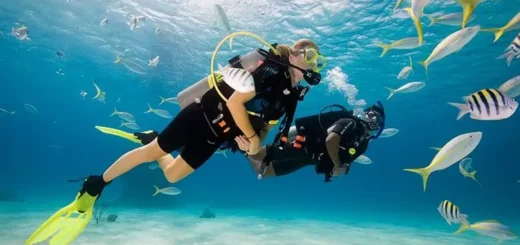Freediving: A Beginner’s Guide to Diving Deeper Than Ever Before
Have you ever wished you could explore the underwater world without having to hold your breath? Or stay underwater longer to get a better look at the amazing marine life? If so, freediving may be for you!
Freediving is a form of diving where the diver uses holding their breath to descend and ascend, without the use of external breathing apparatus such as scuba gear. It’s a popular activity for many because it’s relatively simple and doesn’t require a lot of expensive equipment.
If you’re thinking of taking up freediving, here is a beginner’s guide to help get you started.
Why Freedive?
There are many reasons why people freedive. For some, it’s a way to explore the underwater world in a more natural way. Freediving also allows you to get closer to marine life as you don’t have the bubbles from scuba gear, which can often scare away fish.
Another reason people freedive is for the challenge. Holding your breath for long periods of time can be difficult, but it’s a great way to push yourself both mentally and physically.
How to Freedive ?
Now that you know some of the reasons why people freedive, let’s take a look at how to actually freedive.
There are three main things you need to do when freediving:
1. Descend
2. Remain underwater
3. Ascend
Descending
There are a few different ways you can descend when freediving. The most common method is to take a big breath of air and then sink down to the desired depth.
Another method is to exhale fully and then sink down. This method is typically used for deeper dives as it helps to equalize the pressure on your body more quickly.
Remaining Underwater
Once you’ve reached the desired depth, it’s time to remain underwater. This is where holding your breath comes in!
To help you stay underwater longer, it’s important to relax and slow your heart rate. One way to do this is to take slow, deep breaths before you descend. This will help to oxygenate your body and slow your heart rate.
It’s also important to use proper technique when diving. This includes tucking your chin to ensure you have a good streamline body position. This will help you to move through the water with less resistance, allowing you to stay underwater longer.
Ascending
Once you’ve reached the end of your dive, it’s time to start ascending. It’s important to do this slowly to avoid any decompression sickness.
A good rule of thumb is to ascent no faster than the bubbles coming from your lungs. This is because the faster you ascend, the greater the difference in pressure on your body, which can lead to decompression sickness.
Safety Tips
Now that you know the basics of freediving, let’s take a look at some safety tips.
1. Always freedive with a buddy. This way, if something happens, there’s someone there to help.
2. Use a float line. This is a line that you can hold onto that will help to keep you at the surface.
3. Don’t freedive to depths greater than 60 feet (18 meters) on your first few dives. This depth is considered to be the point of no return, meaning you wouldn’t be able to make it back to the surface without help.
4. Be aware of your surroundings. Make sure you know what’s below you and be aware of any currents.
5. Don’t freedive alone. Even if you’re a experienced freediver, it’s always best to have someone else with you.
6. Use proper freediving techniques. This includes equalizing your ears and using a proper body position.
7. Don’t freedive if you’re not feeling well. If you have a cold or sinus infection, for example, freediving can make it worse.
8. Use the proper freediving equipment. This includes a wetsuit, fins, and a mask.
9. Don’t freedive in shallow water. The shallower the water, the greater the risk of hitting the bottom.
10. Be aware of your limits. Don’t push yourself too hard when freediving and always listen to your body.
Equipment
Now that you know the basics of freediving and some safety tips, let’s take a look at the equipment you need.
1. Wetsuit
2. Fins
3. Mask
4. Snorkel
5. Weight belt
A wetsuit will help to keep you warm in the water and also provide some buoyancy. Fins will help you to swim faster and more efficiently. A mask will help you to see underwater and a snorkel will allow you to breathe while swimming on the surface.
A weight belt is also often used when freediving. This is because when you’re freediving, you’re typically descending to depths greater than 60 feet (18 meters). At these depths, the water pressure is greater than at the surface, which can cause you to feel more buoyant.
A weight belt helps to offset this by adding some weight to your body. This way, you’re more likely to sink to the desired depth.
Training
If you’re thinking of taking up freediving, it’s important to get some training first. This is because freediving can be dangerous if you don’t know what you’re doing.
There are many freediving schools around the world that offer courses for both beginner and experienced freedivers. These courses will teach you the proper techniques and safety procedures.
If you’re interested in freediving, be sure to check out a freediving course near you!




